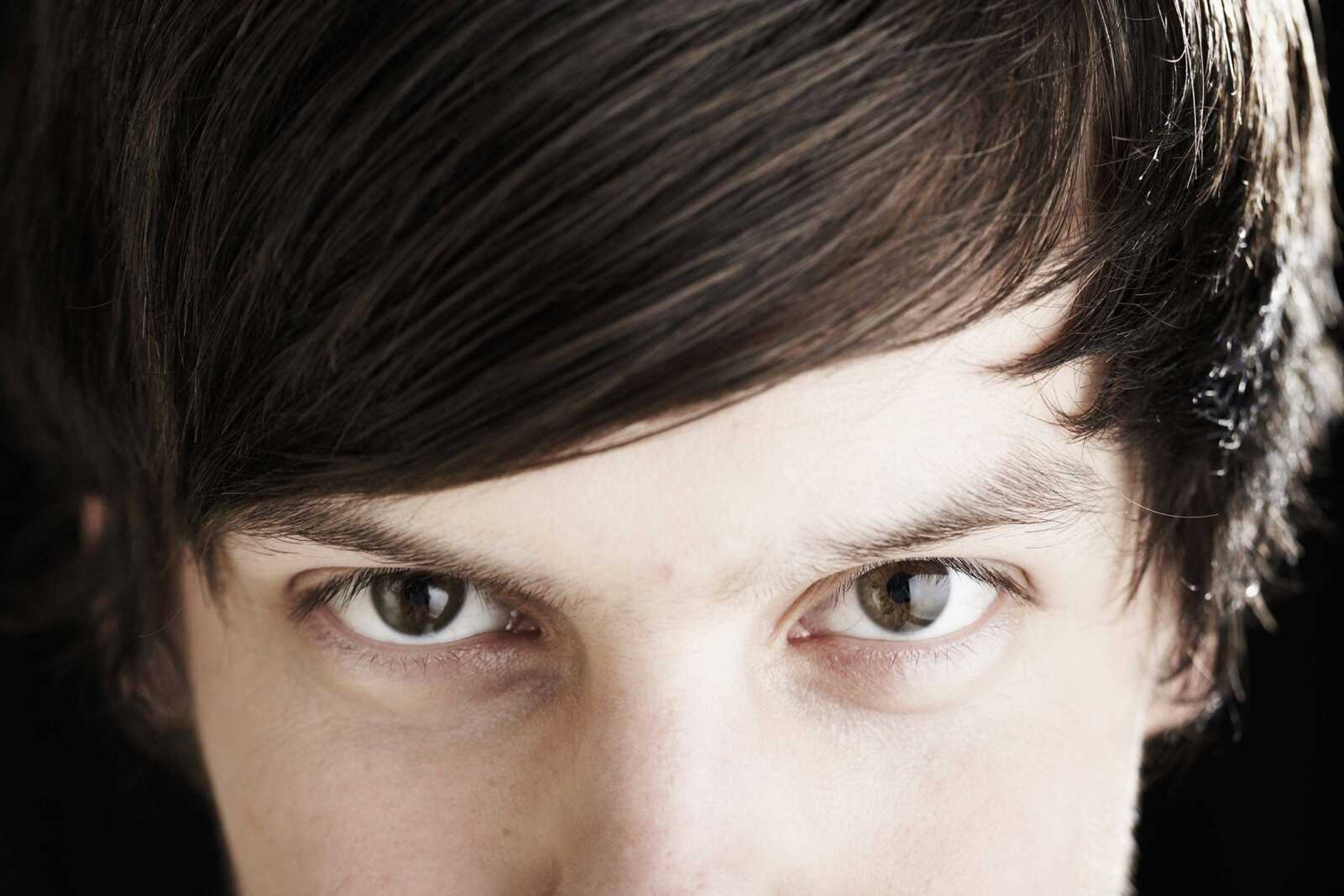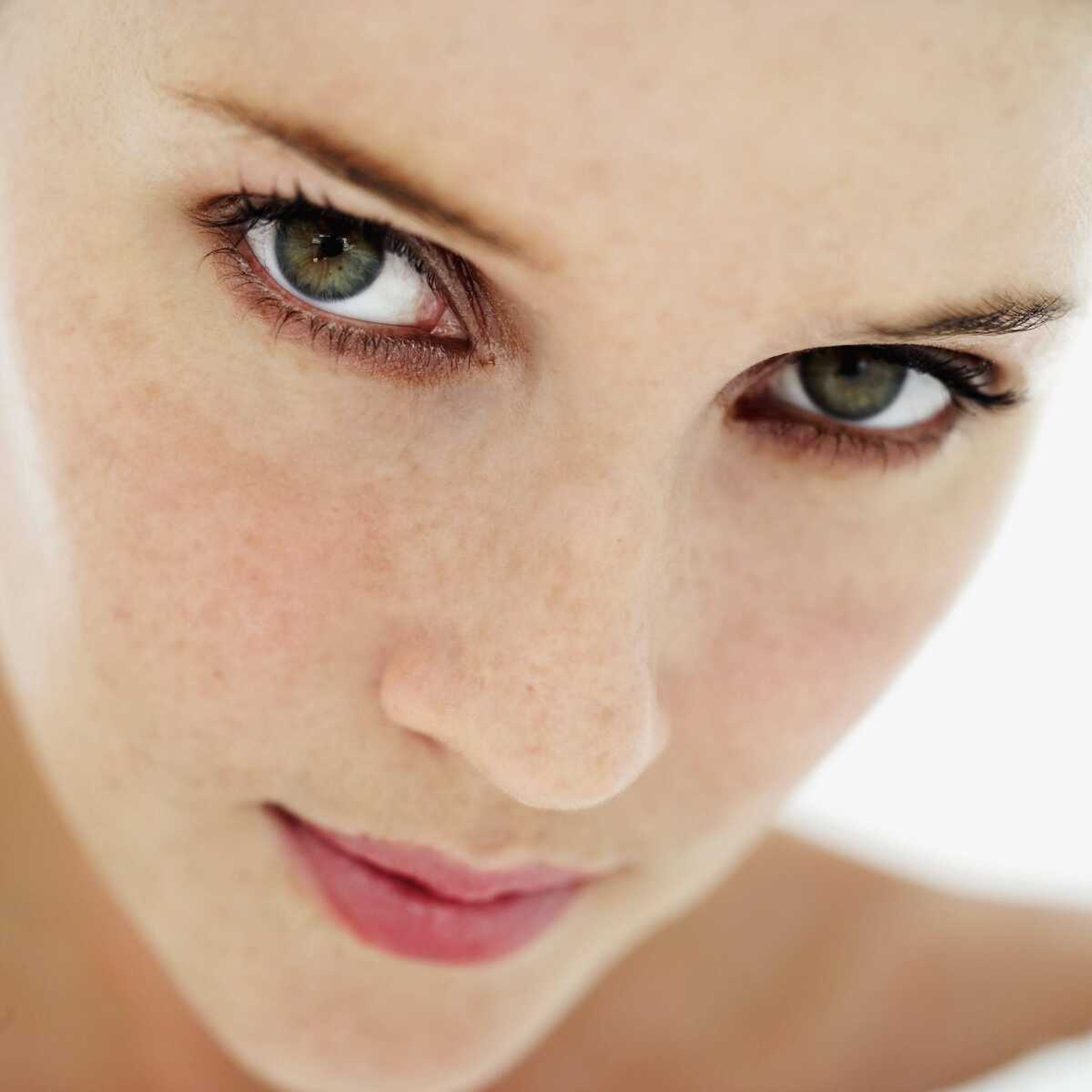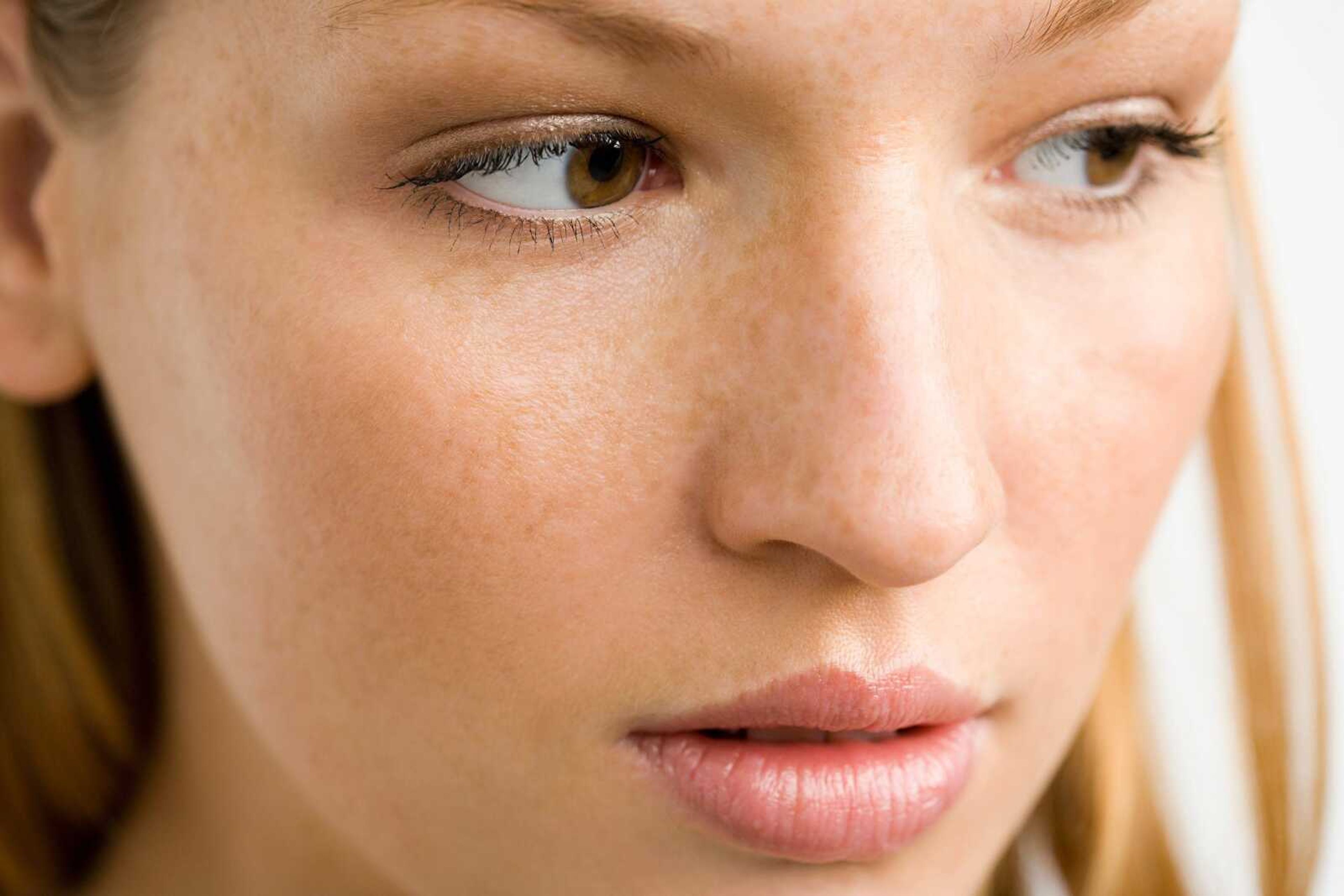Botox still in use for its original purpose -- preventing eye spasms
When a medicine's side effects turn out to be more marketable than its intended purpose, people tend to forget what the intended purposes were. The "little blue pill" never quite became synonymous with pulmonary arterial hypertension, and Botox is often similarly considered only in terms of it's more popular application: making people look younger...
When a medicine's side effects turn out to be more marketable than its intended purpose, people tend to forget what the intended purposes were.
The "little blue pill" never quite became synonymous with pulmonary arterial hypertension, and Botox is often similarly considered only in terms of it's more popular application: making people look younger.
But Botox was originally designed to treat a medical condition that affects the muscles surrounding the eyes, explained Dr. John R. Kinder, ophthalmologist at Eye Consultants Inc. in Cape Girardeau.
"The cosmetic uses for Botox kind of came about after, as a result of the functional uses," he said. "They started doing it in the 1980s."
Kinder still uses Botox to treat the condition, called blepharospasm.

"It's an involuntary squeezing or twitching around the eye," he explained. "It's like when we're driving and we see the sun and squint a bit, except that reaction starts happening at other times, and it can get to the point where [a person] wouldn't be able to drive. Their whole eye could go shut involuntarily."
Botox -- botulinum toxin -- works by temporarily paralyzing facial muscles, which effectively alleviates the spasms and consequently lessens the appearance of wrinkles.
Kinder says that although his office sometimes administers Botox for cosmetic purposes, they use it much more for functional applications.
"All cases are different," he explained. "Depending on the severity of the squeezing, we'll use probably between six and 10 injections in the muscles around the eyelid and eyebrow. The more serious the spasms, the more medication that has to be injected."
While the injections themselves are done in the office in a matter of minutes, Kinder said it takes around three days for the medication to take effect.

"At about day 10 it reaches maximum effect and it lasts typically three to four months depending on the individual," he explained. "Most blepharospasm patients have regular appointments every few months."
For patients with the condition, he added, it's medication that's covered by insurance and/or Medicare. But if you had it, you'd know already.
"It's unlikely that this condition would go unnoticed," Kinder explained. "Even if someone were to ignore it, a friend or a relative would say something about your eye twitching."
Since the medication paralyzes muscles, it is possible for it to be too effective, causing the eyelid to droop closed in rare cases.
"But the good thing is that it's a temporary agent," Kinder explained, adding that, "I've never had that happen though, and I've been doing it for 15 years."
Over that time, he's seen a modest increase in patients coming in for blepharospasm.
"I think that more people are realizing [Botox] is an option," he explained. "But not nearly the sort of increase that's been seen in cosmetics, obviously."
tgraef@semissourian.com
388-3627
Connect with the Southeast Missourian Newsroom:
For corrections to this story or other insights for the editor, click here. To submit a letter to the editor, click here. To learn about the Southeast Missourian’s AI Policy, click here.









